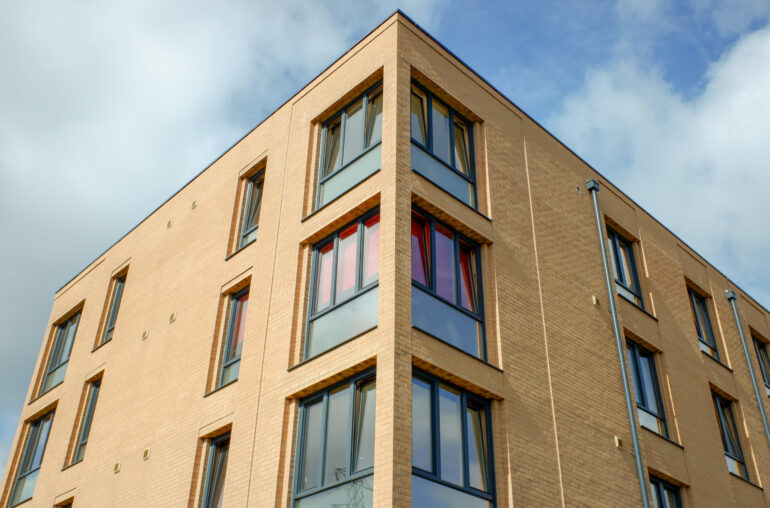Shared ownership has struggled to gain significant momentum since it was introduced via the Housing Act 1980, despite its obvious appeal to aspiring homeowners as an affordable alternative way of getting onto the housing ladder.
Admittedly it is a pretty tightly structured model, where the buyer purchases a proportion of a property from a Registered Provider (RP), traditionally a Housing Association (HA), and pays rent on the remaining portion. The buyer can then purchase further shares over time until they own the entire home, in a process known as staircasing. The more equity they own, the less rent they pay.
But all property purchase schemes are structured by their very nature. In the past, perception has perhaps played a part in holding back the growth of shared ownership, which still only amounts to 202,000 households. The schemes have may been viewed as catering predominantly for single people in second-grade housing at the lower end of the value chain, served by a handful of lenders.
In fact, that stereotype is somewhat out of date. While these schemes have obvious appeal to single people with one income, they attract a range of buyer types. According to government data for 2020/2021, while 52% of shared ownership purchases were made by one adult households, 29% went to two adults and 13% of buyers were families with children. And the property values involved are by no means the lowest – the average price paid for a shared ownership home in 2020/2021 was £275,100, and the mean initial equity stake was £109,800, supported by an average deposit of £17,700.
As a form of tenure, shared ownership may well have been overshadowed by more generous support schemes such as Help to Buy, which allowed borrowers to buy the whole property rather than a portion, and assisted 380,000 households onto the property ladder in just a decade. But Help to Buy, which was criticised for encouraging users to purchase larger homes than they may otherwise have chosen, has left many heavily indebted and in some cases overstretched, as recent reports have revealed.
By contrast, shared ownership allows buyers to build up their equity stake gradually, while enjoying precious security of tenure.
We are facing acute demand for affordable housing solutions and low deposit mortgages. In the void left by the end of Help to Buy, shared ownership has the potential to go a long way to answering that demand. On the upside, there are now more than 25 mainstream lenders and a selection of specialist providers offering shared ownership mortgages.
In the private sector, some of the larger housebuilders including Taylor Wimpey and Vistry have recently started to build homes specifically for shared ownership, in partnership with private RPs such as Sage and Halo. And given the current economic climate, builders are expected to flip more of their properties into shared ownership, as they struggle to find buyers who can afford to buy unassisted. But the numbers involved are still very small.
TMP, a shared ownership mortgage advice specialist, calculates that there is around six times as much demand for shared ownership homes as there are properties available. Large numbers of buyers are expressing interest, and a broad range of lenders are poised to provide funds. The missing piece of the jigsaw is supply. If the current administration or any subsequent government is serious about providing affordable housing to aspiring homeowners, it must commit to building significantly more homes specifically earmarked for shared ownership tenure.
Kate Davies is executive director at the Intermediary Mortgage Lenders Association (IMLA)




